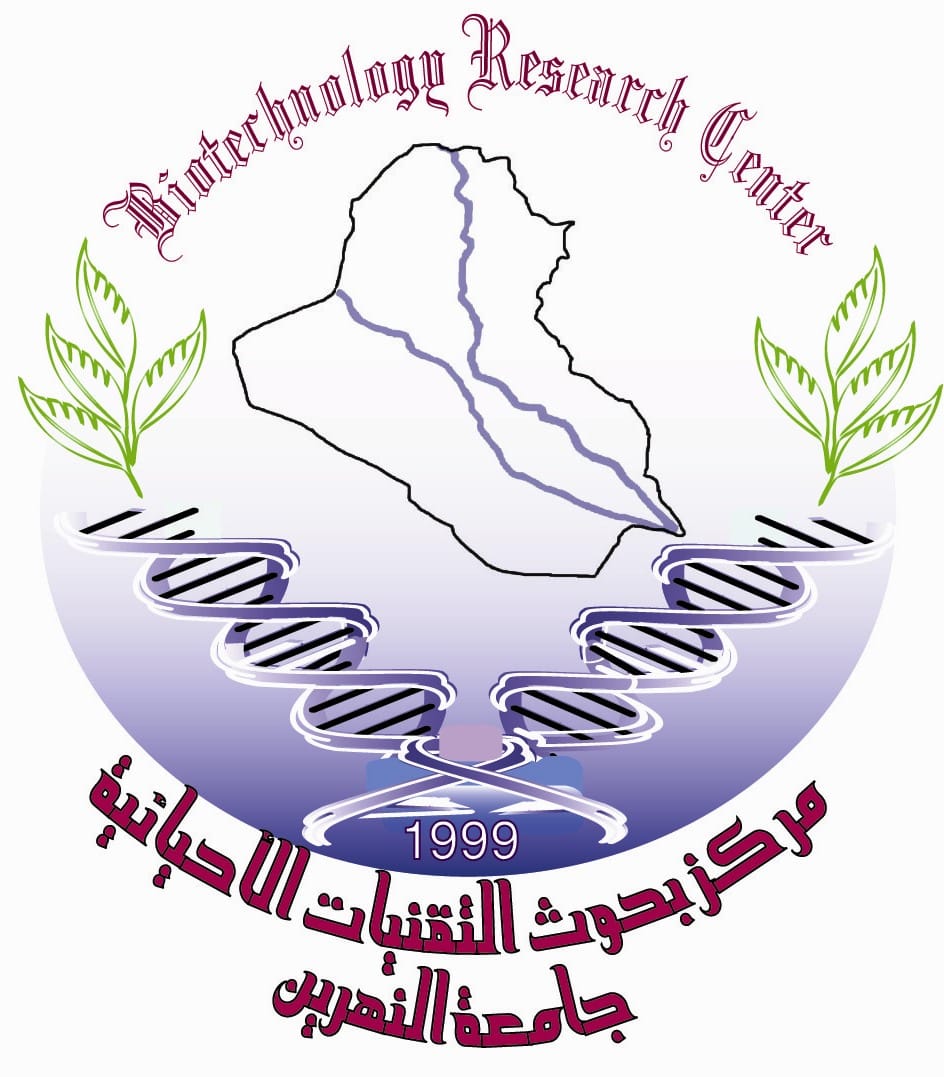Candida and Candidiasis - A review of Virulence Factors
DOI:
https://doi.org/10.24126/jobrc.2021.15.2.606Keywords:
Candida albicans, virulence factors, candidiasisAbstract
The occurrences of invasive candidiasis has increased over the previous few decades. Although Candida albicans considers as one of the most common species of organisms, that cause acquired fungal infections.
Candida albicans is an opportunistic fungal pathogen and inherent in as a lifelong, the yeast is present in healthy individuals as a commensal, and can reside harmlessly in human body. However, in immuno-compromised individuals, the fungus can invade tissues, producing superficial infections and, in severe cases, life-threatening systemic infections. This review wills emphasis on virulence factor of C. albicans including (adhesion, invasion, candida proteinase, and phenotypic switching and biofilm formation.
Invasive Fungal diseases are result in very high morbidity as well as up to 60% mortality for people with severely susceptible hosts. This review will illustrate briefly the virulence factors in Candida albicans.
Downloads
Published
How to Cite
Issue
Section
License
This is an Open Access article distributed under the terms of the creative commons Attribution (CC BY) 4.0 license which permits unrestricted use, distribution, and reproduction in any medium or format, and to alter, transform, or build upon the material, including for commercial use, providing the original author is credited.











